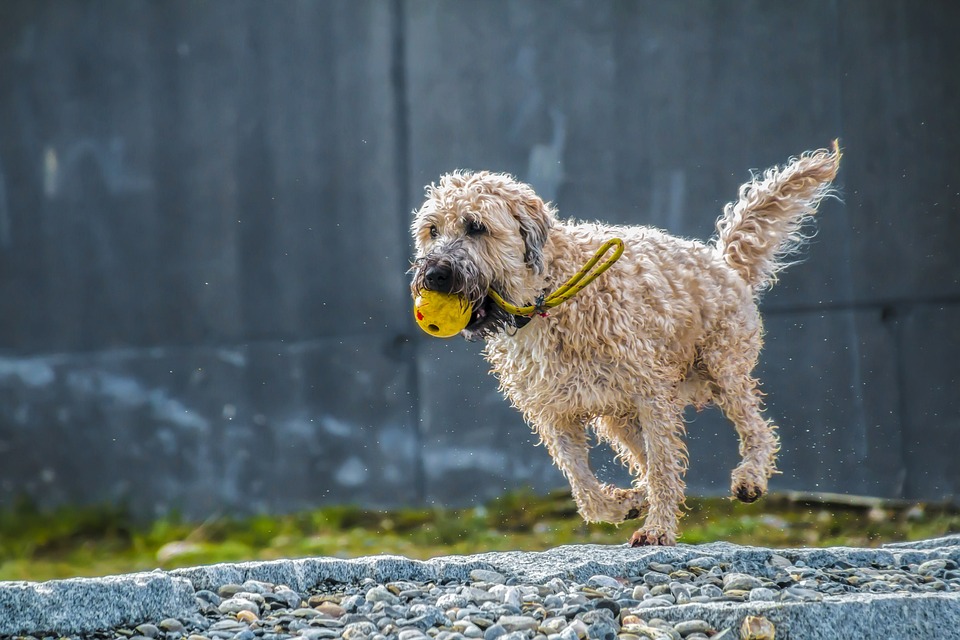
If you have a dog, you will want only the best for them. This can get out of hand sometimes, with thousands of dog accessories available on the market. These accessories range from the fun (toys) to the practical (beds), and from the important (feeding bowls) to the unimportant (summer sweaters for long haired breeds). The dog is yours, and you will know just how much you want to invest in their accessories, and whether it matters to you to make your dog even more beautiful than their natural beauty allows. Unfortunately, if you are not entirely sure about what accessories your dog needs, you are likely to find yourself overwhelmed with the array of choices that are out there. So what matters?
What Matters with Dog Accessories?
The most important thing with a dog accessory is that it improves the health and happiness of your dog. With certain things, this is clear. For instance, you need a water bowl so that your dog can drink properly. With other things, it is not as clear. For example, a Yorkshire Terrier with long hair does not desperately need a sweater during the summer. However, if this makes them look cuter, which means they get more attention, then it does in effect serve their overall happiness. At the same time, wearing a sweater that is made of too thick of a material could make them too hot.
So what are some of the things you may need?
- Dog beds – This is a truly essential accessory, because it is vital that your dog is comfortable. You wouldn’t sleep on a cold, hard floor, and nor should they. Even if you allow your dog to sleep in bed with you, you still need a dog bed as well. Dogs sleep a lot more than humans, and they have to have a comfortable, cozy spot to be in.
- A collar and lead – Another essential accessory that will allow you to take your four legged friend on walks. Dogs require far more exercise than a house with a standard garden can give them, and they must be taken out for walks. Not just that, however, they absolutely love it! Do, as much as possible, try to let your dog walk off the lead. This means they will get a whole lot more exercise and stay really health. Hence, try to choose a lead that is easy to snap on and off, and work on your recall.
- Food and water bowls. Dogs love nothing more than eating, and they need to drink even more than what us humans do. Make sure you monitor their diet, while always having water available to them at the same time.
- Toys are an absolute necessity, because dogs love to play. Do be careful, however, that you don’t overdo it with the toys. They will become far too stimulated and excited. Don’t overdo it, in other words, but just have a few select toys to encourage different types of play (tugging, pulling, shaking, chewing, retrieving).

